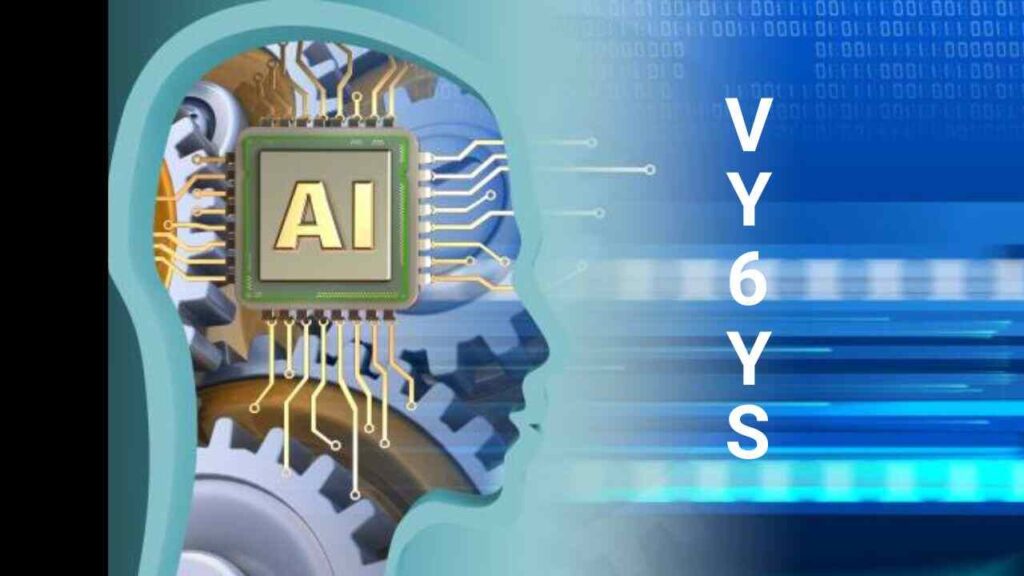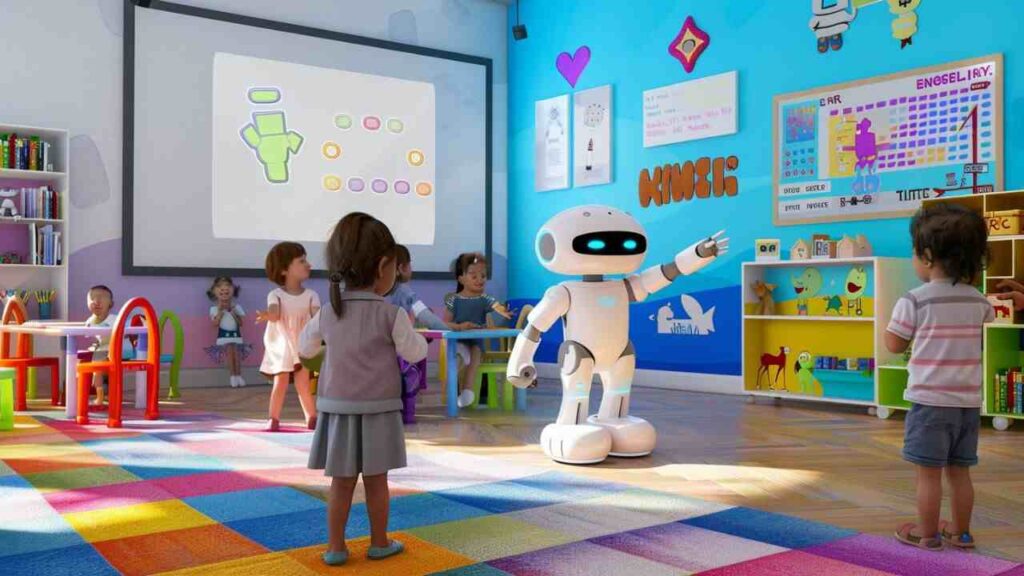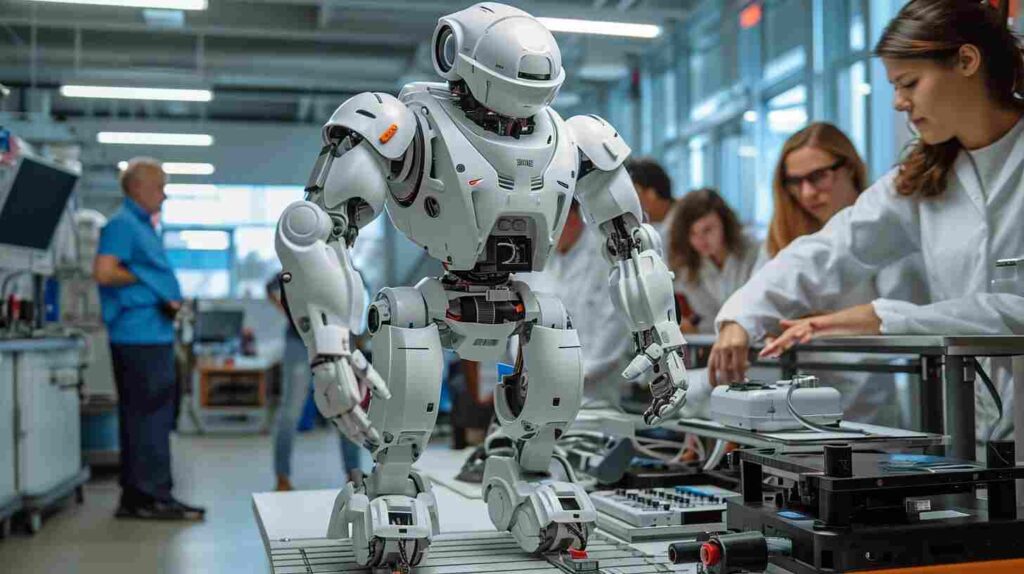
In today’s fast-paced digital world, artificial intelligence (AI) plays a huge role in our daily lives. From voice assistants like Alexa and Siri to self-driving cars (e.g., Lexus, Alfa Romeo, Audi, BMW, Buick, Cadillac, Chevrolet etc…) and advanced medical diagnostics, AI systems are evolving faster than ever. But with this rapid advancement comes the need to ensure that these systems operate safely, ethically, and in a reliable manner. That’s where The Importance of the Keeper AI Standards Test becomes crucial. This test is designed to ensure AI systems meet certain standards and can be trusted when deployed in real-world scenarios.
In this article, we’ll break down the Keeper AI Standards Test in a way that’s easy to understand, discuss its benefits, and explain why it’s essential for the future of AI. By the end of this article, you’ll not only understand the importance of AI testing but also feel more confident in its applications.
Why is the Keeper AI Standards Test Important?
At its core, the Keeper AI Standards Test is all about making sure that AI systems work safely and ethically. But why is this so important? Imagine you’re using an AI-powered medical tool that helps doctors diagnose diseases. If that system makes a mistake, it could mean a wrong diagnosis, potentially harming the patient. Or, think about autonomous cars—if they fail to detect a pedestrian in time, it could result in a tragic accident.
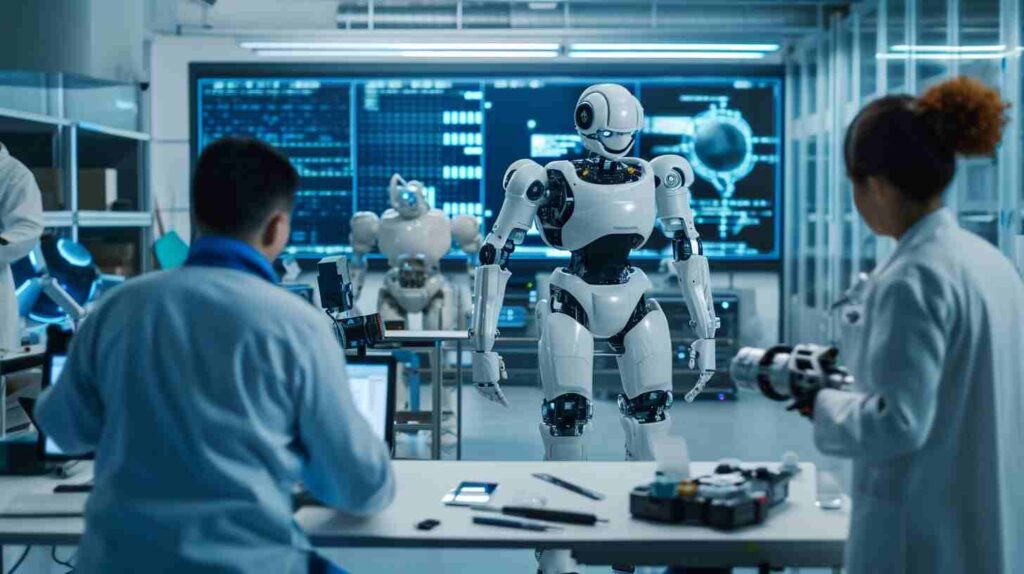
These scenarios highlight just how high the stakes are. AI systems are no longer confined to research labs; they are part of our everyday lives, affecting healthcare, transportation, and financial services. Therefore, we need to ensure that these systems function properly and do not cause unintended harm. This is why The Importance of the Keeper AI Standards Test cannot be overstated. It safeguards against risks by testing AI systems for safety, reliability, and ethics before they are fully deployed.
What is the Keeper AI Standards Test?
So, what exactly is the Keeper AI Standards Test? In simple terms, it’s a comprehensive test that evaluates AI systems based on several parameters such as safety, ethics, reliability, transparency, and data privacy. It ensures that these systems meet a high standard before they are rolled out to the public.
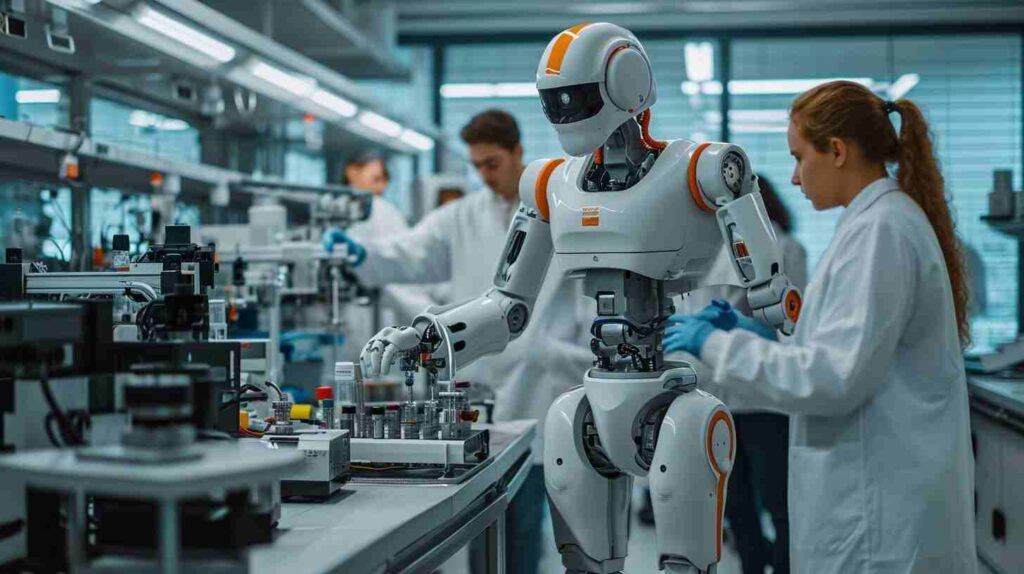
Think of it like a school exam. Just as students need to pass certain tests to prove they’ve understood a subject, AI systems must pass this test to prove they can handle real-world tasks without causing harm or violating ethical guidelines. Essentially, it’s the test AI has to pass to operate safely in complex environments.
Why Should AI Be Tested for Compliance?
Now you might be wondering: Why should AI be tested for compliance in the first place? The answer is simple—AI systems are incredibly powerful, but they are also prone to errors. Whether it’s a misdiagnosis in healthcare or a wrong financial transaction, the implications of an AI system going wrong can be disastrous. By testing for compliance, we ensure that these systems follow the rules and operate as intended. Compliance testing also helps to build trust among users and stakeholders by ensuring that AI behaves in an accountable and ethical manner.
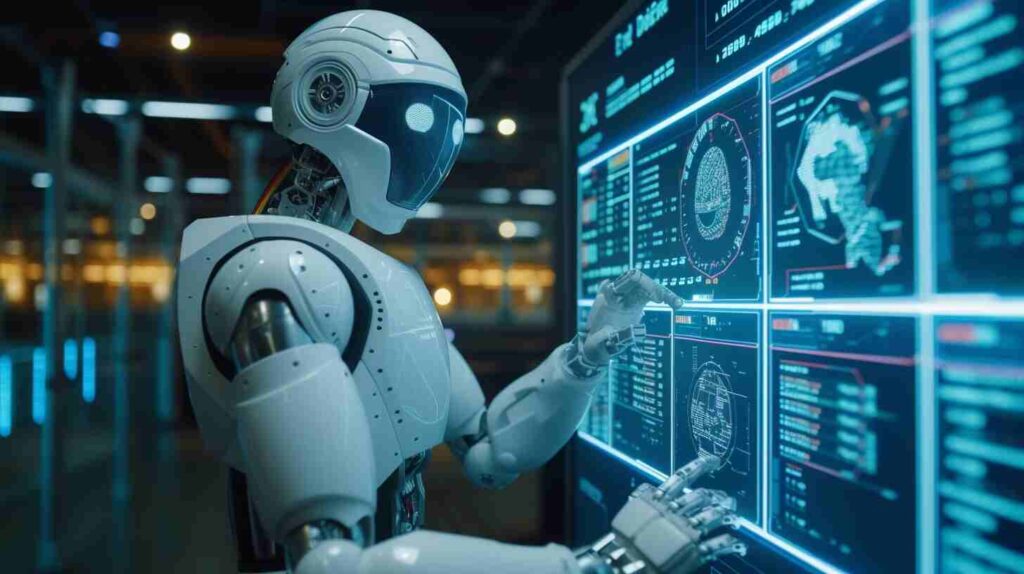
A great example of this is in the financial sector, where AI is used to detect fraud. If the system isn’t thoroughly tested for compliance, it could either flag innocent people or let fraudulent transactions slip through the cracks. The Keeper AI Standards Test plays a crucial role in preventing such mishaps by ensuring that the AI system adheres to necessary regulations and standards.
How Does AI Testing Work?

The Keeper AI Standards Test is divided into several stages that assess different aspects of the AI system. Here’s a breakdown of the typical AI testing process:
1. Initial Assessment
Before an AI system is put to use, it undergoes an initial assessment to ensure that it meets basic safety and performance requirements. This phase is like a pre-test, where minimal benchmarks are evaluated.
2. Detailed Testing
In this phase, the AI system is tested under conditions that closely mimic real-world scenarios. It’s like putting a self-driving car through traffic simulations to see how it reacts in different situations—rain, fog, pedestrians, and more.
3. Stress Testing
This stage puts the AI through extreme conditions to test how it reacts under pressure. For instance, a financial AI system might be tested with large amounts of data to see how it handles processing transactions during peak times.
4. Certification
If the AI passes all tests, it is certified. This means the system has met all required standards and is deemed safe and ethical for deployment. Passing the test gives companies the green light to roll out their AI product, knowing it has been thoroughly vetted.
What is an AI Assessment Test?
An AI assessment test measures how well an AI system adheres to a set of predefined ethical and safety standards. The Keeper AI Standards Test is one such assessment that looks at the AI system’s ability to function without causing harm or violating ethical principles.
For instance, in healthcare, the Keeper AI Standards Test might be used to assess whether an AI system can accurately interpret medical images without bias. The test AI has to pass would check if it can diagnose conditions like cancer or heart disease without skewing results based on the patient’s age, gender, or race.
What Are Artificial Intelligence Standards?
You might be wondering, What are artificial intelligence standards? Simply put, these are the rules and guidelines that AI systems must follow to ensure they are safe, fair, and effective. The Keeper AI Standards Test checks these standards, ensuring that AI is transparent in its decision-making, treats all users fairly, and safeguards privacy.
Applications of the Keeper AI Standards Test
The Keeper AI Standards Test is not just a theoretical exercise—it has practical applications across various industries. Below are some key sectors where it’s making a real difference:
1. Healthcare
AI is transforming the healthcare sector with innovations like AI-powered diagnostic tools and treatment recommendations. However, ensuring that these tools make ethical decisions and provide accurate diagnoses is critical. The Keeper AI Standards Test ensures that AI in healthcare is both reliable and safe for patients. For example, if an AI tool is used to diagnose heart conditions, the test ensures it doesn’t overlook important factors like patient history or environmental influences.
1. Autonomous Vehicles
Self-driving cars are one of the most exciting innovations in AI, but they come with their own set of risks. The Keeper AI Standards Test is crucial for testing how these vehicles handle complex driving situations—like spotting pedestrians or responding to sudden weather changes. By ensuring safety standards, this test helps prevent accidents and ensures the vehicles are road-ready.
2. Financial Services
The financial sector relies heavily on AI for everything from fraud detection to automated trading. The Keeper AI Standards Test ensures that these systems operate fairly and efficiently, preventing errors that could lead to significant financial losses.
The Future of AI Standards

The future of AI standards looks promising, with ongoing advancements in technology. We can expect the Keeper AI Standards Test to evolve alongside innovations like IoT, blockchain, and cloud computing, making the testing process even more efficient and secure. As AI continues to grow, these standards will be crucial in ensuring that AI remains a force for good in the world.
Why Trust the Keeper AI Standards Test?
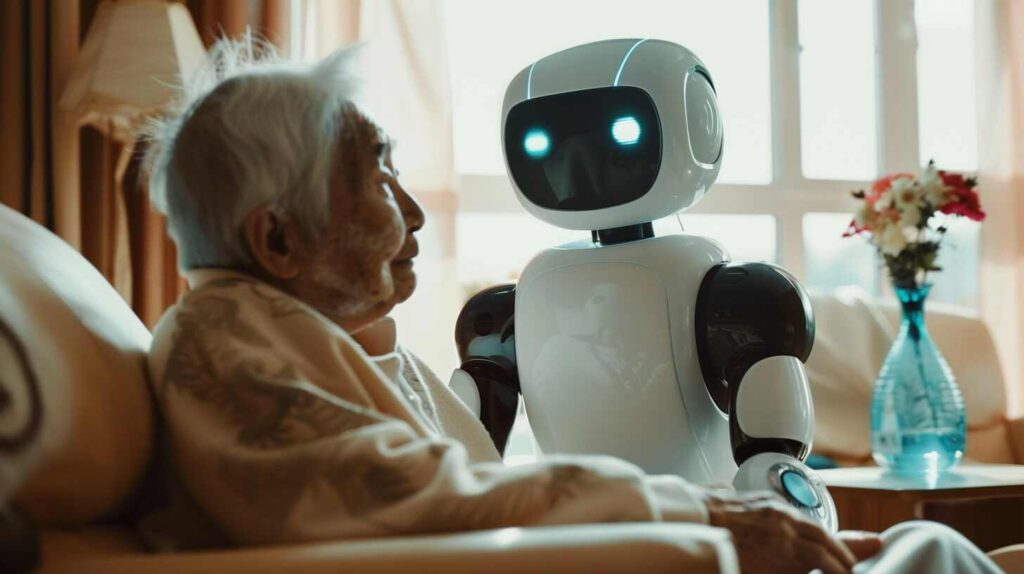
By now, it should be clear that The Importance of the Keeper AI Standards Test lies in its ability to ensure AI systems are safe, ethical, and reliable. But beyond that, the test offers significant benefits for businesses. It saves time, money, and effort by automating the testing process and identifying issues early. This means fewer products recalls, fewer legal issues, and ultimately, more trust from customers.
Conclusion
The Keeper AI Standards Test is a vital tool in the AI landscape, ensuring that AI systems meet the necessary standards before they are deployed. Whether you’re in healthcare, finance, or any other industry, this test guarantees that AI will operate safely, ethically, and reliably. Embracing this test is not just a smart move; it’s essential for maintaining quality, reducing risks, and building trust.
Referance:
Standards and artificial intelligence: ISO – International Organization for Standardization
ISO’s mission is to establish globally recognized standards across various industries, and AI is no exception.
International Standards for artificial intelligence provide a framework to guide the responsible and ethical use of AI technologies. These standards cover areas such as privacy, bias, transparency and accountability. By adhering to these standards, organizations can work to ensure that their AI systems are fair, transparent, and uphold ethical principles.
One example of International Standard in the AI field is ISO/IEC 23894, which focuses on the management of risk in AI systems. This standard aims to ensure that AI algorithms and models are understandable and can be audited for bias and fairness, thereby building trust and confidence in AI systems.
ISO/IEC 42001:2023 AI management systems
ISO/IEC 23894:2023 AI – Guidance on risk management
ISO/IEC 23053:2022 Framework for AI systems using machine learning
Frequently Asked Questions
Here are some more articles recommended for you:
VY6YS: Shaping The Future Of Technology And Design
Understanding What Technology Provides Secure Access To Websites


